Cloud bursting: A step toward uninterrupted computing
A unique form of hybrid cloud deployment is helping organisations tackle sporadic workloads

High-performance computing (HPC) is a breeze thanks to modern data centers. These data centers can handle everything, from storing terabytes of data to providing valuable insights.
However, businesses' needs can change at a moment's notice, meaning their IT needs will also change. On top of the ever-changing tech needs, application demand spikes during certain seasons may leave servers lagging, which can disrupt critical business operations.
There is a remedy, though: migrating a portion of or all data and applications to a public cloud. Public cloud providers invest tons of capital on a physical infrastructure capable of handling storage overflow and computing needs. This helps alleviate the financial burden on businesses.
Because the need for increased infrastructure is only present during spikes in application demand, businesses don't need a permanent increase in storage and computing power. This is where cloud bursting comes into play.
What is cloud bursting?

Cloud bursting is a cloud computing configuration designed for businesses that occasionally experience bursts of traffic that exceed what is considered normal for that specific organisation. It’s essentially a hybrid model of private and public clouds, allowing customers to pay for the capacity they think they need, but also gives them the option to direct surplus traffic during these surges to a public cloud to minimise the disruption to services.
This surplus traffic is then charged on a pay-as-you-go basis, so businesses can effectively save money in the long run by not having to pay for a whole fixed term of capacity they rarely max out.
Food delivery apps such as DoorDash and Uber Eats are prime examples of businesses that can make good use of cloud bursting. Hosting their apps on a private cloud during off-peak hours helps drive down costs, but the apps shift over to public cloud infrastructure during peak hours such as evening meal times.
Sign up today and you will receive a free copy of our Future Focus 2025 report - the leading guidance on AI, cybersecurity and other IT challenges as per 700+ senior executives
RELATED RESOURCE
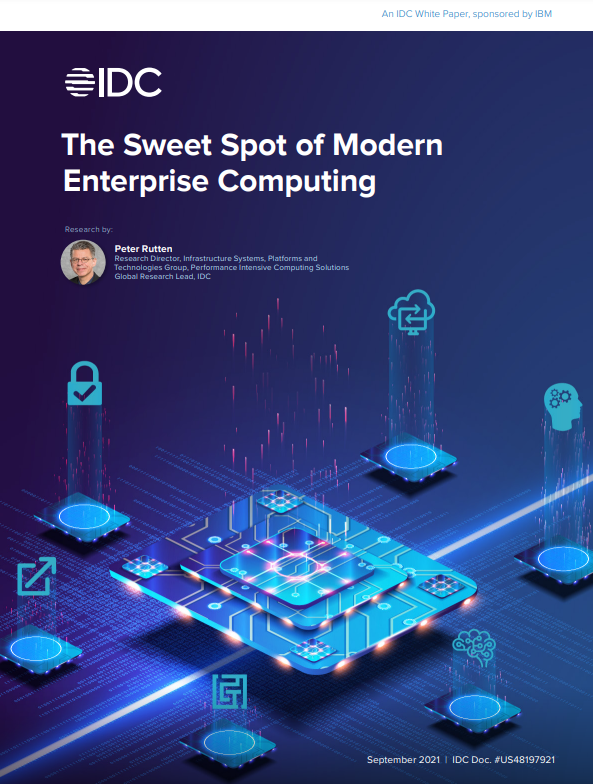
The sweet spot of modern enterprise computing
Achieve security, reliability, scalability, and sustainability with hybrid IT infrastructure
The economic benefits of the model will depend on each business, but in most cases, it won’t make financial sense for a delivery app to pay large sums for the capacity they will rarely need between the hours of 11pm and 11am, for example.
Meeting traffic demands is one of the main functions of cloud bursting but it has other purposes too. For example, in some industries like software engineering, processing burdens can become hugely costly, like when running virtual machines (VMs) to test a given application’s function or its ability to withstand its own traffic.
Cloud bursting, in this instance, can allow the software engineering business to shift its basic applications to a private cloud where the processing demands won’t exceed the capacity, while VMs can be spun up for a short time in the public cloud. This can all be done while minimising operational disruption to the wider business.
Overall, cloud bursting enables businesses to obtain the right amount of cloud required to meet demand at times of above-capacity demand. According to AWS evangelist Jeff Barr, cloud bursting is defined as an application-hosting model that combines pre-existing corporate infrastructure with pay-as-you-go cloud infrastructure to create scalable cloud computing capacity.
"The conservative side advocates keeping core business processes inside of the firewall. The enthusiasts want to run on the cloud. They argue back and forth for a while and eventually settle on a really nice hybrid solution. In a nutshell, they plan to run the steady state business processing on existing systems, and then use the cloud for periodic or overflow processing."
Do all apps work well in a multi-cloud environment?

The specific method in which cloud bursting architecture works can be seen as something of a role model. When supply is exceeded by demand, a public cloud starts to host a business’s data and apps to free up critical space in the main data centre. However, not all applications are treated equally.
You might want to investigate which applications are able to support cloud bursting across the different platforms you use. You’ll also need to ensure you have a technique to analyse traffic spike trends. To know if your applications are slowly crawling towards their peak capacity, it’s recommended to use a load balancer or application delivery controllers as they’re one of the most efficient ways of understanding this.
RELATED RESOURCE
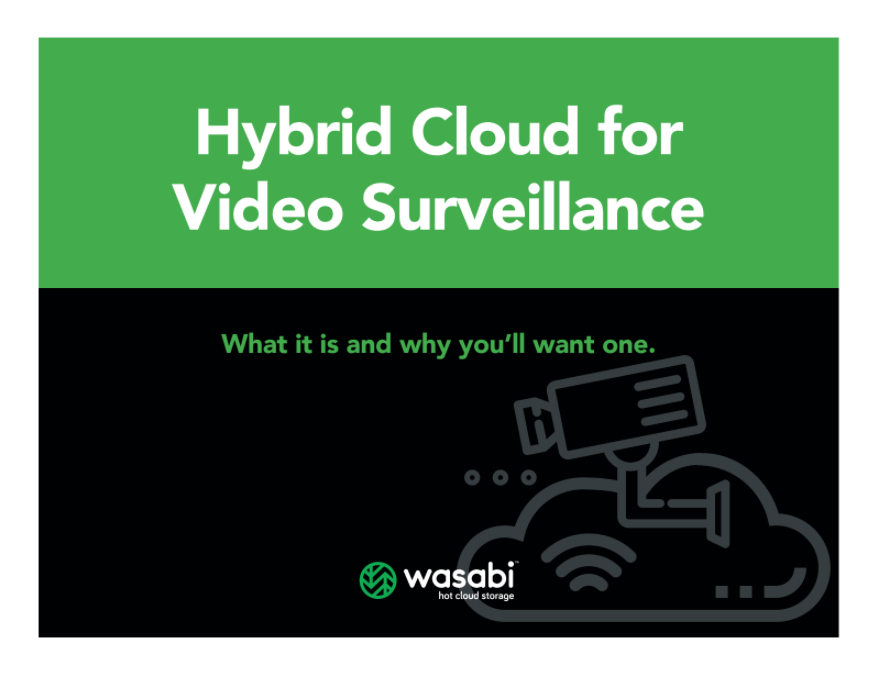
Likewise, apps that have been designed to support a number of instances at the same time will probably be a good fit too. When it comes to integration, if an application has limited links to other ones, it will be easier for it to burst. Those that run static data will be able to combine well with both public and private clouds. Bear in mind, however, that transactional or dynamic data will need synchronisation.
Most high-achieving apps have been designed to avoid latency issues when it comes to moving between public and private clouds. Setting up clear security policies can help with the hindrance to cloud bursting. There are specific security policies or compliance standards like the HIPAA which aim to prevent apps or data exiting the private cloud. This means transferring it to the public cloud is more or less impossible.
Popular cloud bursting service providers
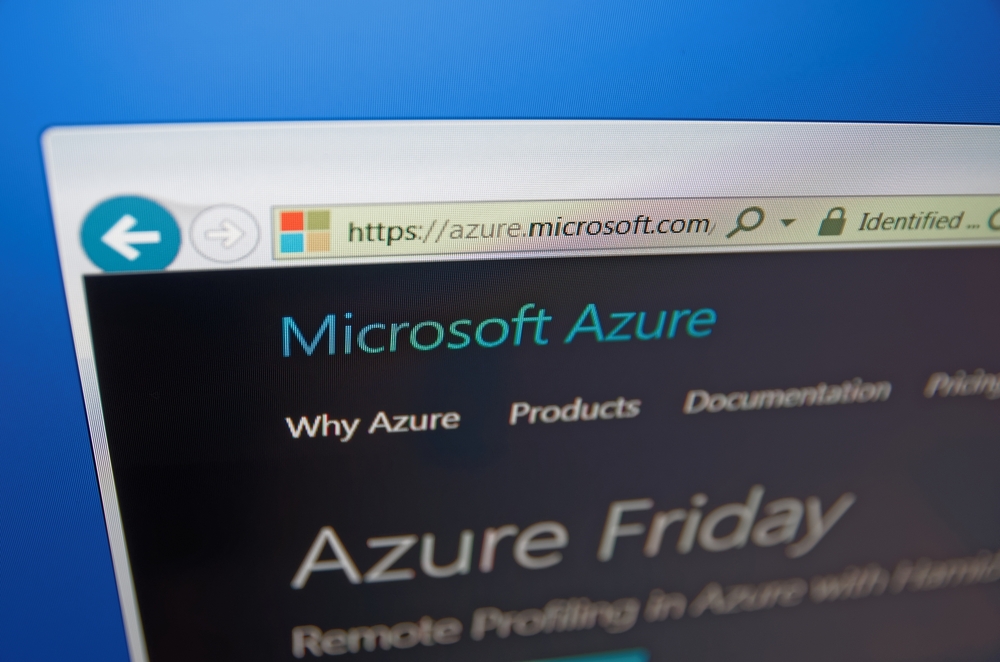
During peak times, or rush hours, bursting a cloud can help provide you with a high level of agility and save time and money. However, it’s clear as to why cloud bursting is profound and onerous as you’ll have to monitor your workloads across two busy environments simultaneously.
Additionally, it’s of utmost importance that you ensure you can keep apps consistent for your users and don’t compromise on this.
Here are a few promising cloud service providers to consider, should you wish to make the leap.
Having a service provider manage a hybrid cloud for you goes a long way in helping you call the shots on expanding and recalling services. Based on changes in capacity needs, you can set parameters to automate critical tasks, such as load balancing and scaling. This eliminates the need for costly procurement of resources to meet temporary demand.
The importance of planning ahead

Keeping supply and demand continually balanced is no mean feat. And as IT environments continue to transform and become more sophisticated, the ability to outsource cloud services may become more and more useful, if not necessary. NASA’s Orbiting Carbon Observatory 2 (OCO-2) satellite is a living testimony of the same.
When faced with the acute challenge of processing petabyte-scale data, NASA had to contemplate the possibility of waiting for 100 days to get the refined data, which meant a $200,000 bill using their on-premise data center. But NASA decided to go with Amazon Web Services (AWS) instead and achieved the same thing for $7,000 in under six days.
Proactive planning is arguably one of the best approaches to achieving unwavering IT performance. With cloud bursting, enterprises can auto-deploy additional computing resources on the public cloud, ensuring that resources in the private cloud remain available and undeterred during a surge in application demand.
This article was first published on 25/02/22 , and has since been updated
-
 HPE plots a balancing act with Juniper partner future
HPE plots a balancing act with Juniper partner futureNews Does the company embrace specialists or want a full portfolio push? The answer, it seems, is both
-
 Google DeepMind partners with UK government to boost AI research
Google DeepMind partners with UK government to boost AI researchNews The deal includes the development of a new AI research lab, as well as access to tools to improve government efficiency
-
 The right workload in the right cloud: Your cloud. Your terms.
The right workload in the right cloud: Your cloud. Your terms.Whitepaper Looking to get more from your cloud experience?
-
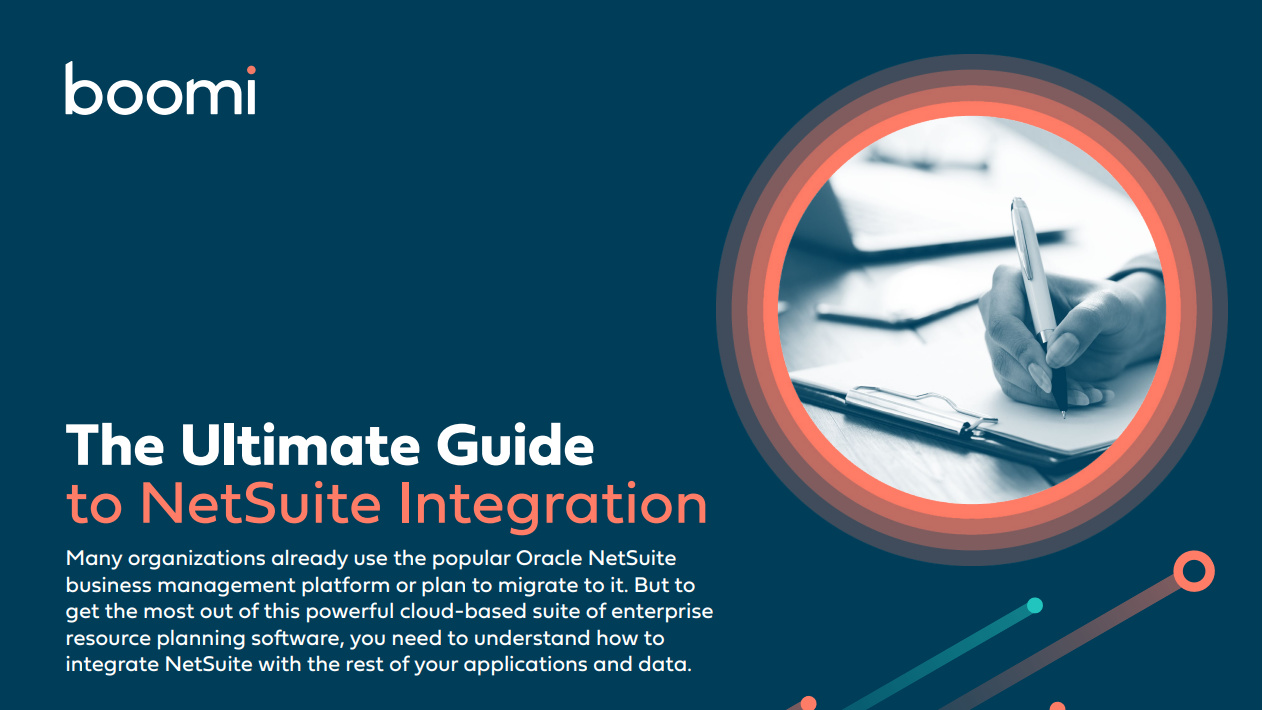 The ultimate guide to Netsuite integration
The ultimate guide to Netsuite integrationwhitepaper Download this eBook and get the most out of this powerful cloud-based suite of ERP software
-
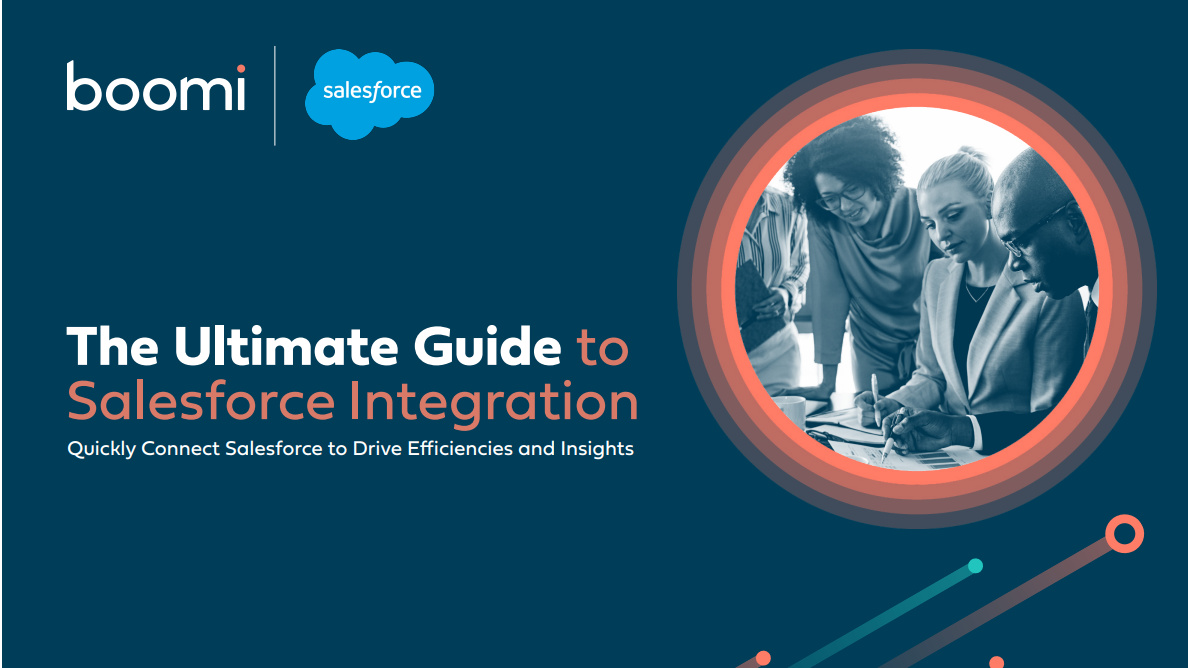 The ultimate guide to Salesforce integration
The ultimate guide to Salesforce integrationwhitepaper Quickly connect Salesforce to drive efficiencies and insights
-
 How to reduce your company's software costs
How to reduce your company's software costsIn-depth Budgets are shrinking, so how can you reduce your company's software costs without sacrificing functionality?
-
 Getting started with the quantum cloud
Getting started with the quantum cloudIn-depth As the era of quantum computing edges closer, will the quantum cloud become how businesses harness their power?
-
 Hewlett Packard Enterprise names Matt Harris as new UK managing director
Hewlett Packard Enterprise names Matt Harris as new UK managing directorNews The longtime contributor takes the place of Marc Waters, who will stay with HPE as a senior vice president
-
 Your key to digital differentiation and competence
Your key to digital differentiation and competenceWhitepaper Database services fit for app modernisation, cloud-native innovation, and data-driven strategies
-
 IBM offers enhanced SAP cloud migration service
IBM offers enhanced SAP cloud migration serviceNews IBM is now a premium partner for SAP's Rise migration program